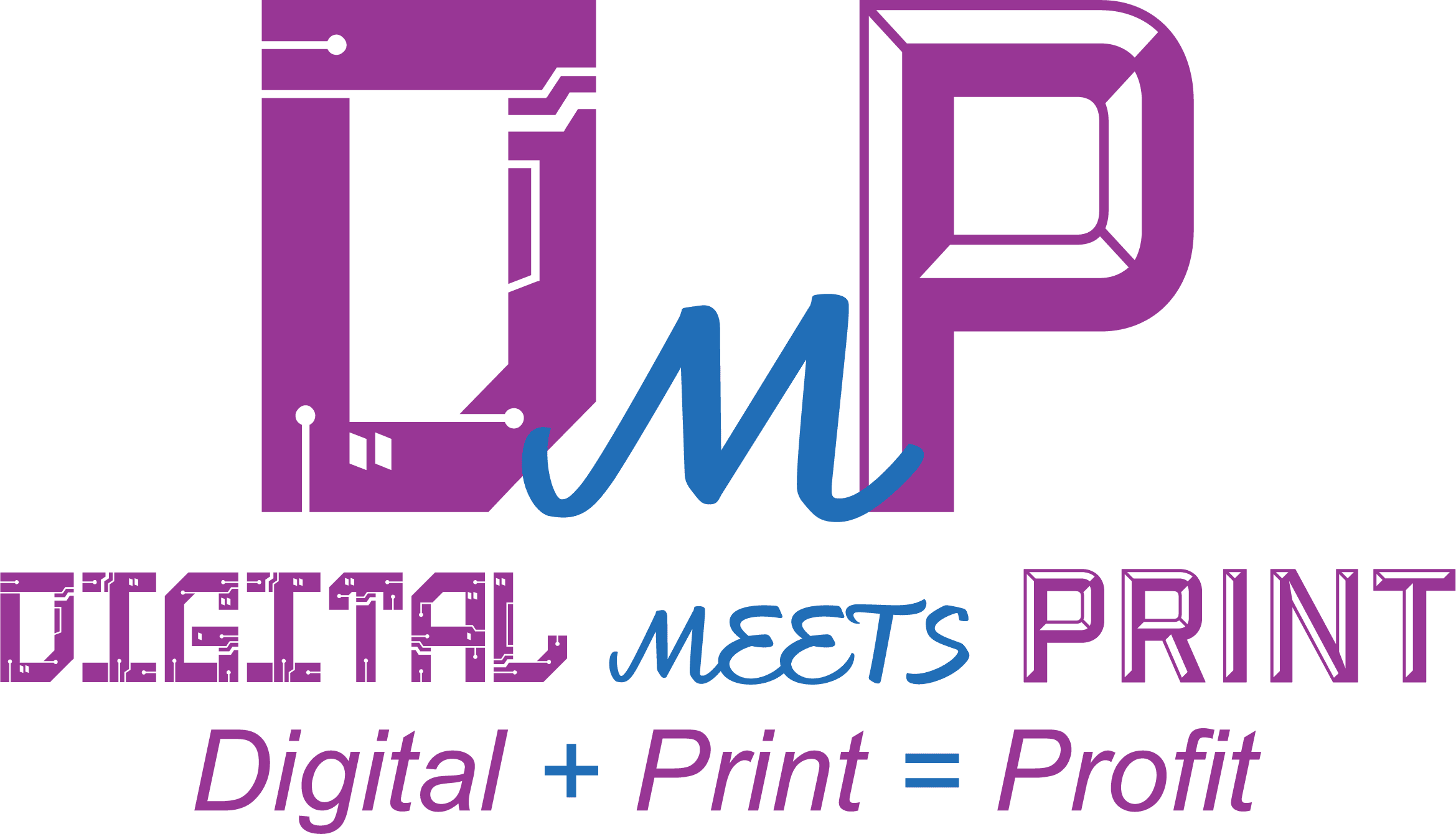On-Page SEO Services
Our On-Page SEO Services focusses on Page Level Optimization.
Our Services include :

Page URL Focus to help search engine understand the purpose of your page. Primary keyword relevant to that page. This keyword must be clear and concise to the page.

Improve Title Tags and meta descriptions. We recommend that you place the primary keyword in the main title . Title must be compelling and title characters to be within 55 to 60 characters and keep the meta tags within the same range

Schema Markups- Schema markup, also known as structured data, is the language of search engines, using a unique semantic vocabulary. Structure data is organized information that helps search engines understand how to interpret and display the content . It helps increase click through rate .

Improved page headers to include appropriate headers in the page helps user understand the content better .

Keyword density to ensure the target words appear in the first 100 words of the page.

Internal Linking - Internal linking is an integral part of on-page SEO as it helps understand the google understand the relationship between the pages on the site. An extensive internal linking helps search engine understand the context and relevance of the pages in your website

Image Optimization - Every image on your website must include descriptive names with words separated by keywords. Ensure that the images are less than 400KB to improve page load time
Understanding search intent of the page
Search intent can fall under one of these categories:
Informational – user is looking for information
Navigational – user is trying to find a specific page
Commercial – people doing research before they buy
Transactional – People are actively wanting to buy something
Benefits of On-Page SEO

These are basic but yet powerful SEO elements to increase your pages organic visibility .

Systematically tracking on-page SEO health can have a significant impact on the bounce rate. Tracking bounce rate is a key indicator of how engaging your page is and in turn has an impact on the engagement rate of your overall website.

Increases Click Through Rate

Improves user experience

How to measure your On-page SEO
Length of the URL – longer the URL , lower the rank . URLs should be short and concise, clearly describing to both search engines and users what they can expect from your webpage. This means including your target keyword, clearly separated by hyphens.
Keyword Distribution – Ensure that there is no keyword stuffing. It helps us understand whether the keywords are strategically placed within title tags, meta descriptions and page title, also known as the H1 tag.
Effectiveness of Title Tag – Title tags are what the users see as a result of search result display which includes your site among the other results. It is imperative to keep the title tags with focused keywords that helps search engine understand the intent of your web page.
Meta description Relevance – The meta descriptions must be relevant to the content of the web page . This metric helps us identify the whether or not meta description provided is consistent with the focused keyword of the page.
Interlinking Strength – It helps to identify structures that are messy and having no relationship to each other as such structures will bring down the search engine rankings. It helps to prioritize adding internal links to your highest-converting pages
